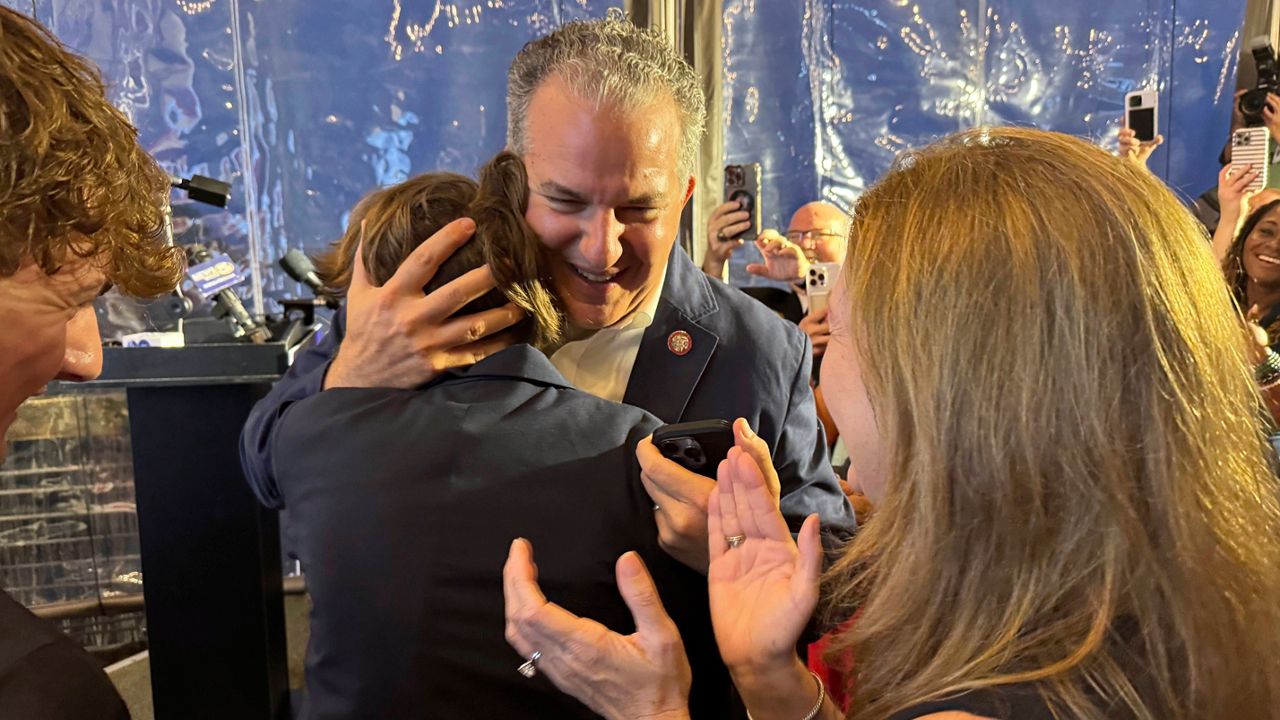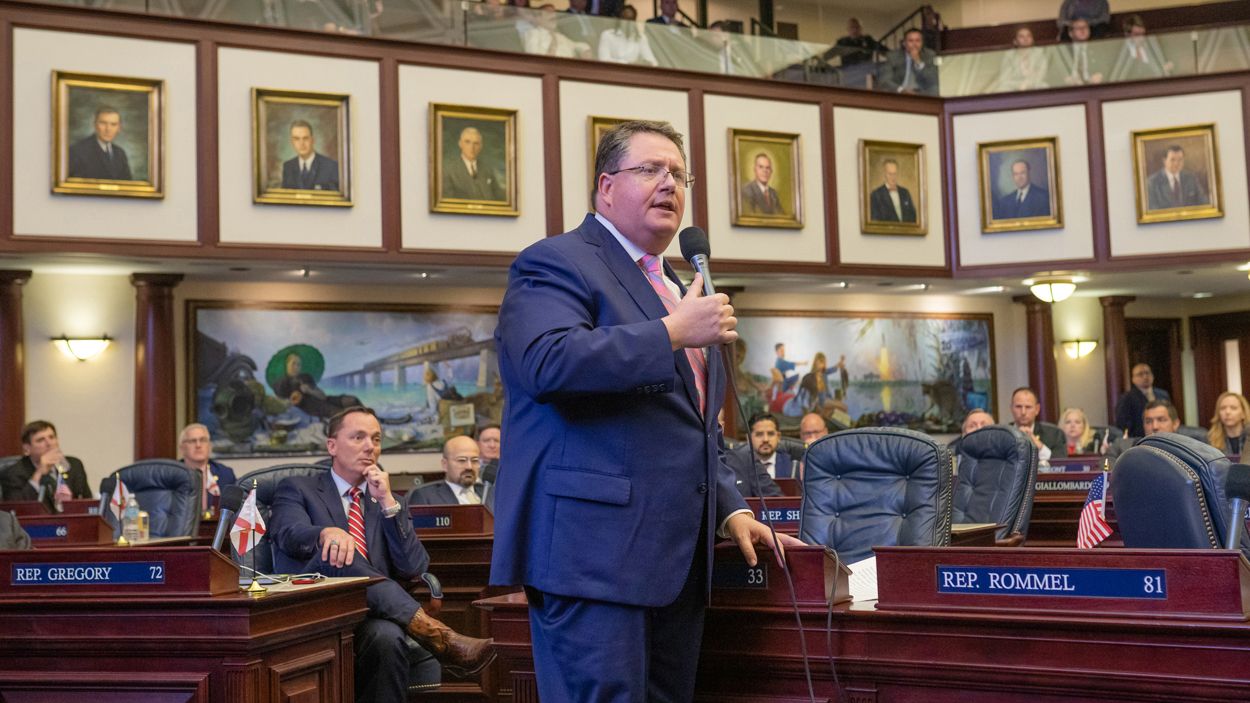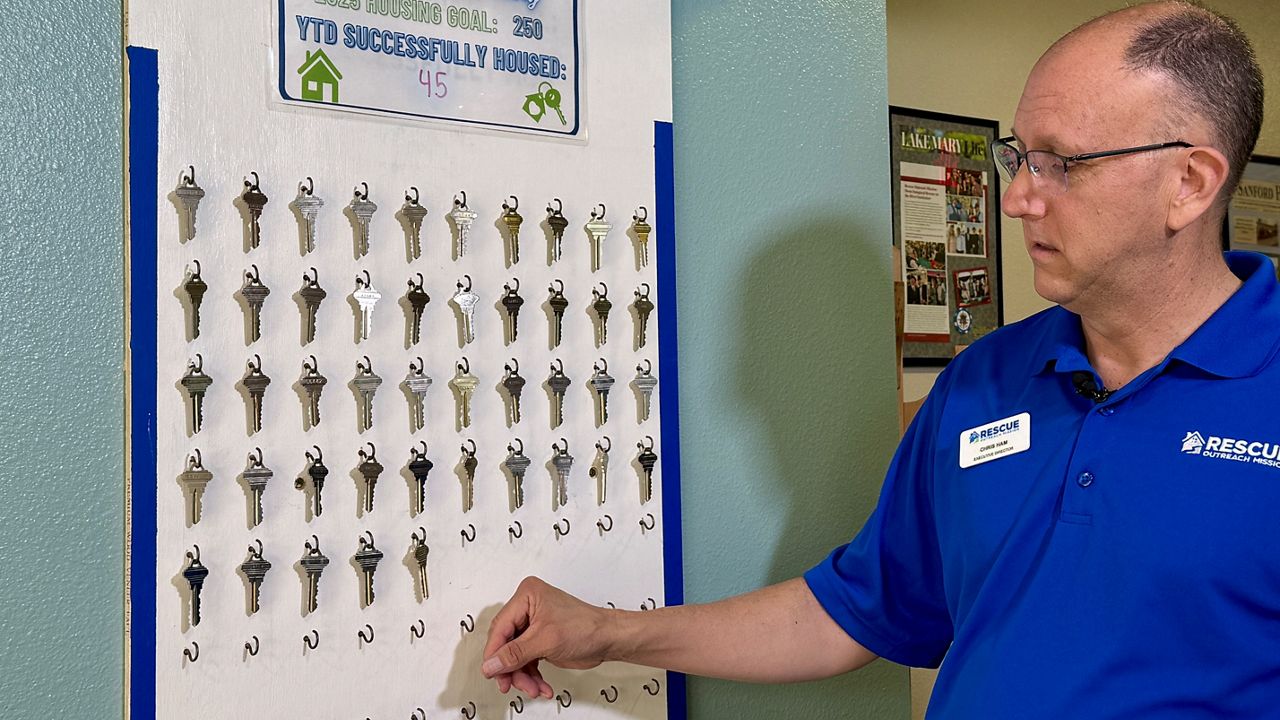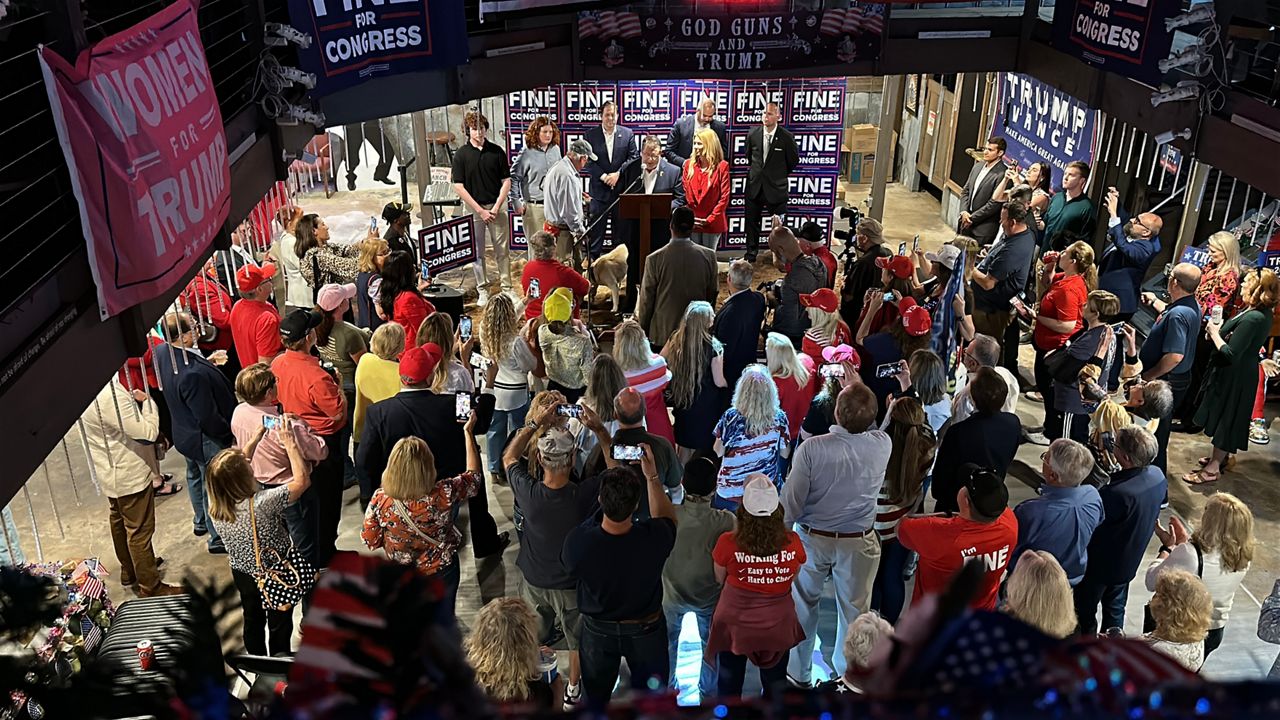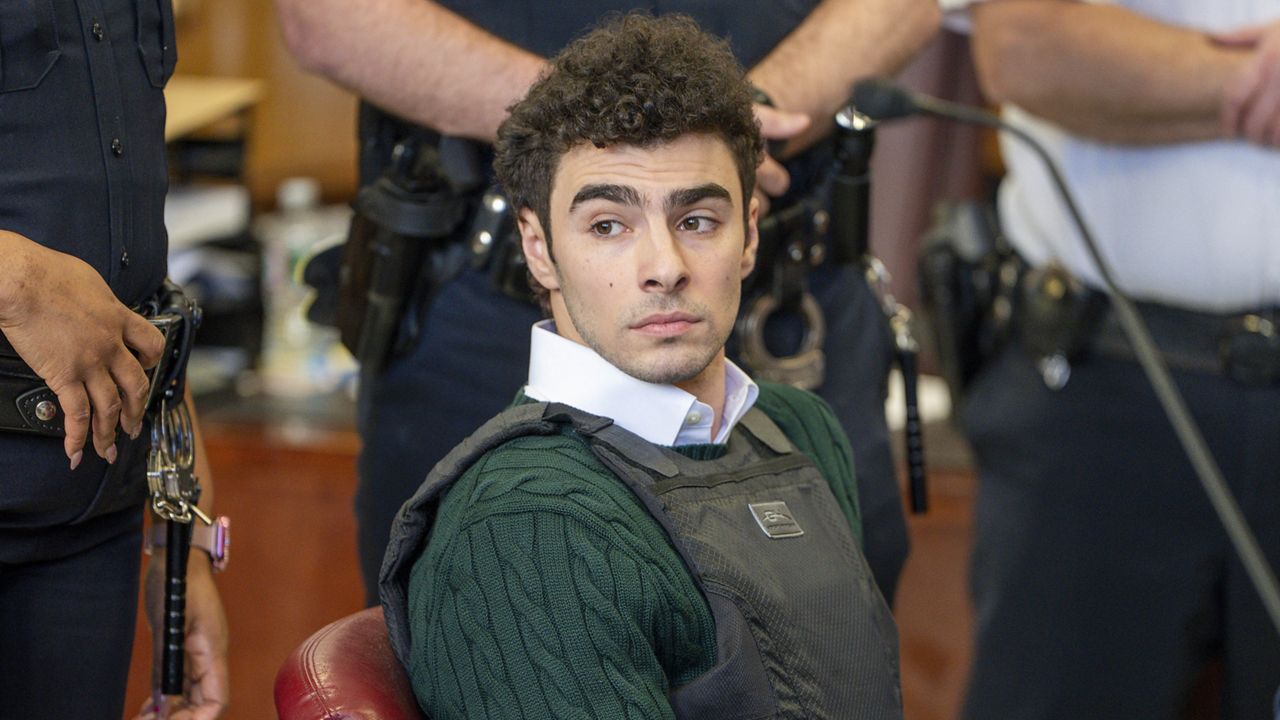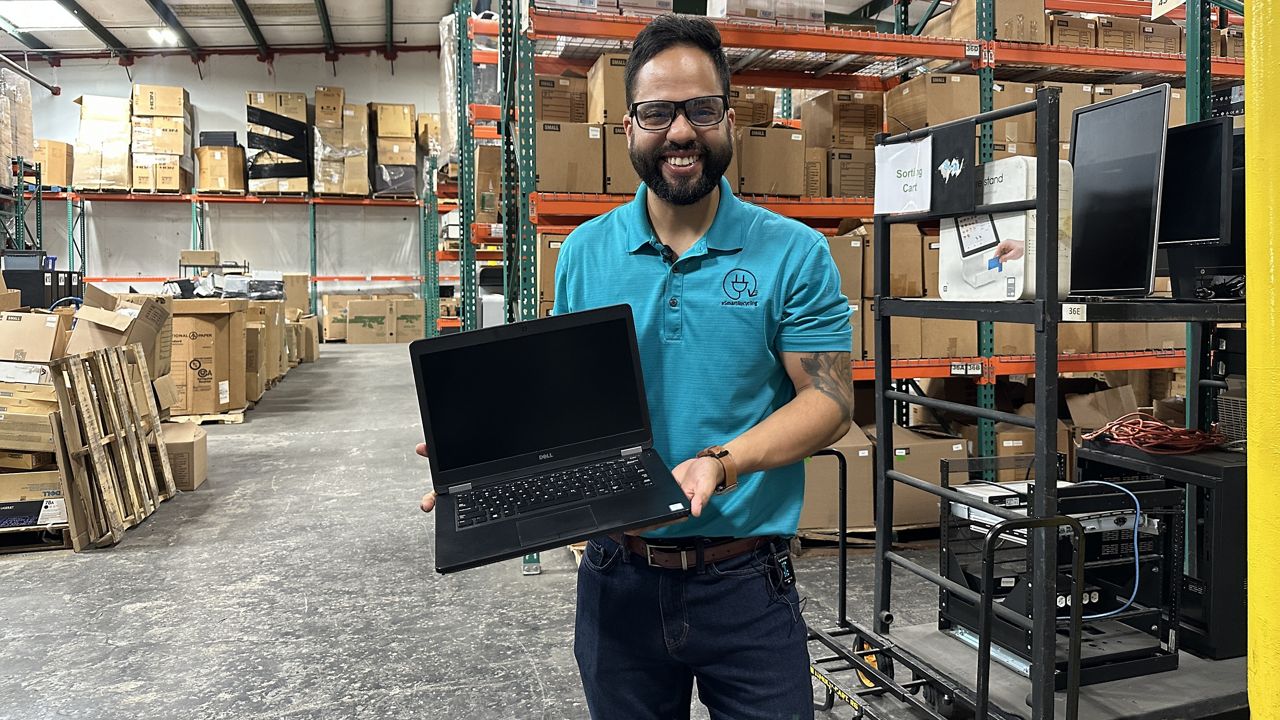BREVARD COUNTY, Fla. — Even the premiere “Gateway to Space” has to deal with problems on Earth.
Recent storms have engineers working overtime to make the area around the Kennedy Space Center grounded and safe.
What You Need To Know
- Past hurricanes have caused damage to many places around Kennedy Space Center
- Boosters for NASA’s Artemis Program are delivered by rail the old-fashioned way. But if there are no tracks, it’s not possible
“This is not stuff you see when you go to the moon. You see the rockets go up, but you don’t always see the infrastructure side of things,” says Kennedy Space Center senior construction manager Tyler Sprouse.
Sprouse helps to make sure the space center is resilient from hurricanes and severe storms.
“When Ian and Nicole came through a couple years back, it really took out a lot of the shoreline back here. We got a couple feet within the rail envelope, which the rail being critical infrastructure, with the rail being the only way to get the booster segments here to Kennedy. Without that we aren’t processing Artemis, and going to the moon,” Sprouse explained.
Boosters for NASA’s Artemis Program are delivered by rail the old-fashioned way. But if there are no tracks, it’s not possible.
Ian and Nicole tried to deliver a knockout punch to this part of 140,000 acres of the Merritt Island National Wildlife Refuge.
The area of the Jay Jay Bridge and tracks are not seen by the public, but is crucial for NASA’s efforts to send people to space.
Sprouse and his team have temporarily re-enforced the area with rocks, but the long-term solution to re-establish the shoreline is on the way.
“Going out, putting wave breaks in to take a lot of the energy out of the waves, before they come to the shoreline, in addition there is some revetment we will put up here, and we will also add to the beach to help improve the area for the wildlife,” he said.
Damage was also done to the more public areas, like the launch viewing spot at the KSC Saturn V Center butted up against the Banana River.
Guests watch rockets fly from this unique place. But there’s work to do to counteract the damage to the shoreline caused by the intense storms.
“This shoreline in particular has seen some wave action as a result of some of the hurricanes Ian and Nicole,” says Priyanka Valletta, a KSC engineering project design manager, working to shore up the viewing area.
The goal is to preserve the spot where thousands of people come to watch launches every year.
She said her team is trying to mirror what nature already does.
“This is a good example of where we have mangroves, we find that the shores are far better protected and they really do a great job of that, so in most of these locations where possible we are trying to recreate that kind of natural protection,” Valetta explains.
Thanks to an effort 10 years ago, you can now see the fruits of labor from a dune restoration project near launch pads 39A and B.
In 2012, Hurricane Sandy pounded the shoreline, destroying the dunes that were protecting the launch pads from the corrosive saltwater.
About 90,000 cubic yards of sand were brought in, and 180,000 plants were placed along the restored stretch of beach to ward off erosion.
It’s something engineers say can and will happen to these impacted areas.
A way to protect the environment on Kennedy’s grounds to make it possible to continue heading to the stars.
“It’s our responsibility to maintain both, and not lose track of either one,” Sprouse said.






